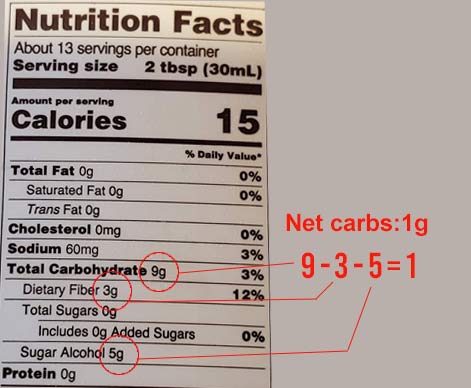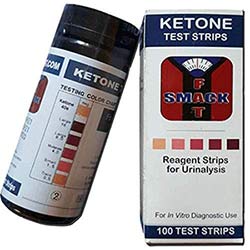Starting Keto can be extremely overwhelming. If you’re thinking about trying it, this is my advice to get started. All of this gets easier with time, and soon it will become second nature.
Before we begin, if you don’t know what Keto is, see this link. Rudy Mawer, does a really good job of breaking it down in a way that’s easy to understand with references.
Also, (lame disclaimer coming up). I’m not a health professional, but this is what worked for me, so I have verified proof of what I’m saying. You should always consult with your doctor before trying any kind of diet
1. Learn what foods are and aren’t Keto friendly (i.e. low in net carbs).
You can find this pretty easy from a google search, but I would recommend getting “The Simply Keto cookbook” by Suzanne Ryan. It’s one of the best laid out books I have found. It’s also full of easy delicious recipes and trust me when I say I have been through A LOT of Keto cookbooks.

2. Learn how to read a label.
In order to do #1 effectively, you also need to figure out how many net carbs are in something you buy that has a label. Here is the general formula.
Net carbs = Total Carbs – Fiber – Sugar alcohols/Erythritol.
A lot of times you will hear people refer to the “macros”. That is what the food is made up of. In the Keto world, the ones you will most commonly see people paying attention to are: calories, fat, protein, carbs, and fiber.

3. Your total target NET carbs for the day should be under 20g.
Your goal is to get into ketosis and this is what most people need to target (some are higher, some lower). When you’re in ketosis, your body has depleted it’s glucose levels and instead uses fat as it’s energy source.
4. Portions, portions, portions.
For me, this was another eye-opener. Make sure you know what an actual “portion” of the food looks like. I thought I was eating a portion, but in reality it was more like 2 or 3.
5. Buy a food scale if you don’t have one.
In order to truly know what you’re consuming, you need to know how much your consuming. Eventually you can estimate, but in the beginning, you need to be percise.

6. Track everything (at least for a while).
When I was tracking food, I used myfitnesspal. In the beginning, this was one of the things I was worried about, because I am so busy, I didn’t think I would have enough time. The good news, it’s actually pretty fast and most things you can just scan. It will also remember things you have added, so it’s even faster the next time. The other thing that is good about this, is sometimes you will pass on food, because you would rather not eat it, then have to scan it. lol
7. Buy urine strips.
Yep, you should buy strips to pee on to see if all of this crazy stuff is actually working. There are more effective ways to test your ketone level, but this is easiest or cheapest. One thing to remember, as your body starts becoming “fat adapted”, less ketones will spill into your urine, so you can actually be creating more ketones than the strips are saying. This is a cost-effective way to start out though.

8. Drink a TON of water.
Your body won’t retain water the way it used to so you need to drink MORE water to keep from being dehydrated.
9. Increase your salt intake.
This one was hard for me to accept because I was used to hearing that you should always have a low sodium diet. Like #7, your body won’t want to retain as much salt, so you need to increase it.
10. Watch out for fake sweeteners.
As a general rule of thumb, anything that is advertised as “no sugar” but uses a sweetener ending in “ose” can hurt your ability to lose weight. If you stick with products that use Stevia or Monkfruit as a sweetener, you should be fine. Sugar alcohols are also considered generally safe, but a word of caution, they can give you gas.
11. Be patient.
Some people see crazy results in the beginning, some people it takes a while. For me it was a little of both, but if you compare yourself to others, you will go nuts! This was my approach. I weighed and measured myself on Sundays, that was it. It’s important to measure yourself to, because here is a secret. The scale is a big fat liar! Sometimes you will be getting smaller, but the scale number won’t tell you that which can cause frustration. Remember this is a journey, not a sprint. You are doing this for a lifetime, not so just fit into a dress or muscle shirt next week (well maybe you are ha!).
